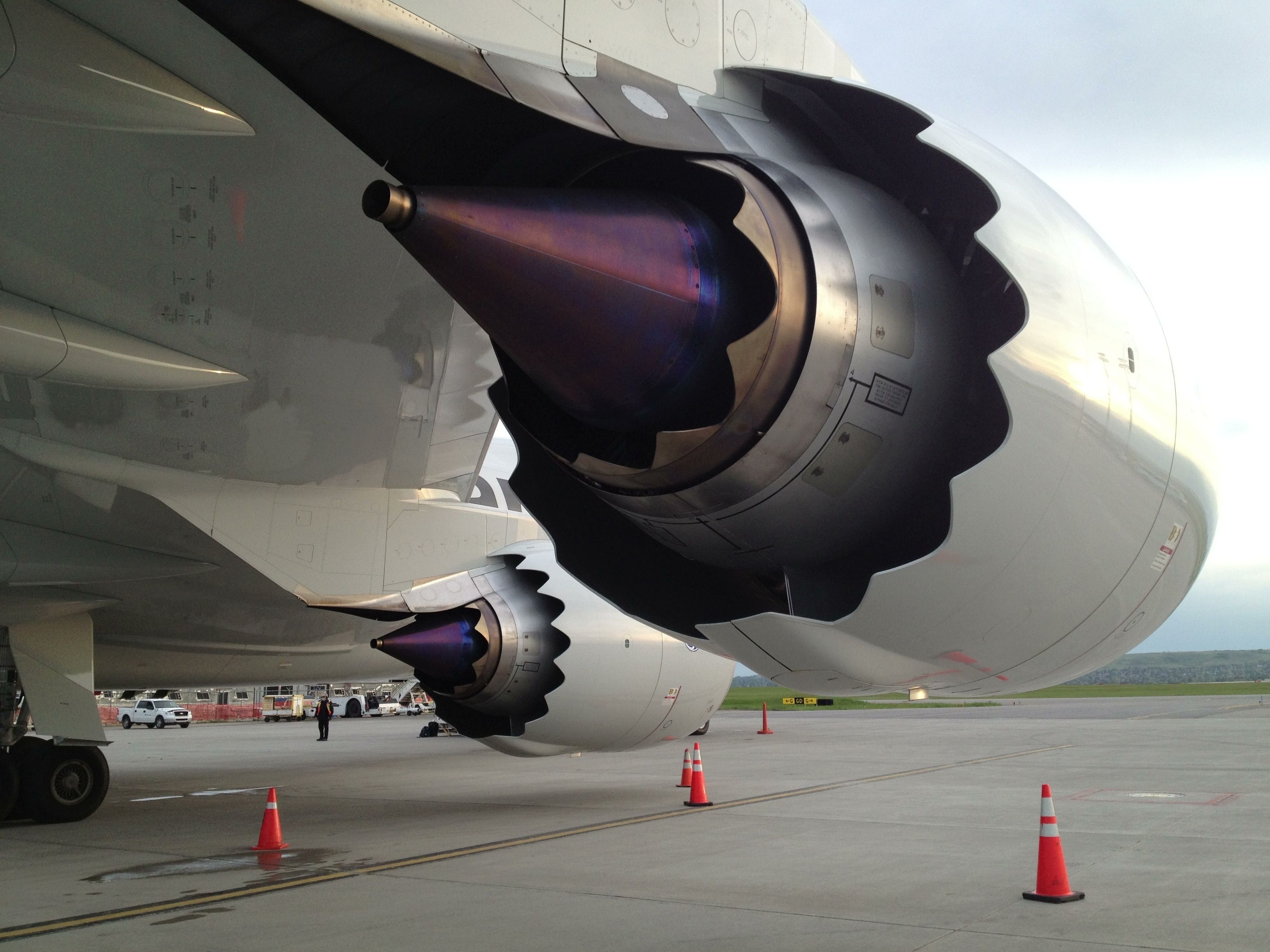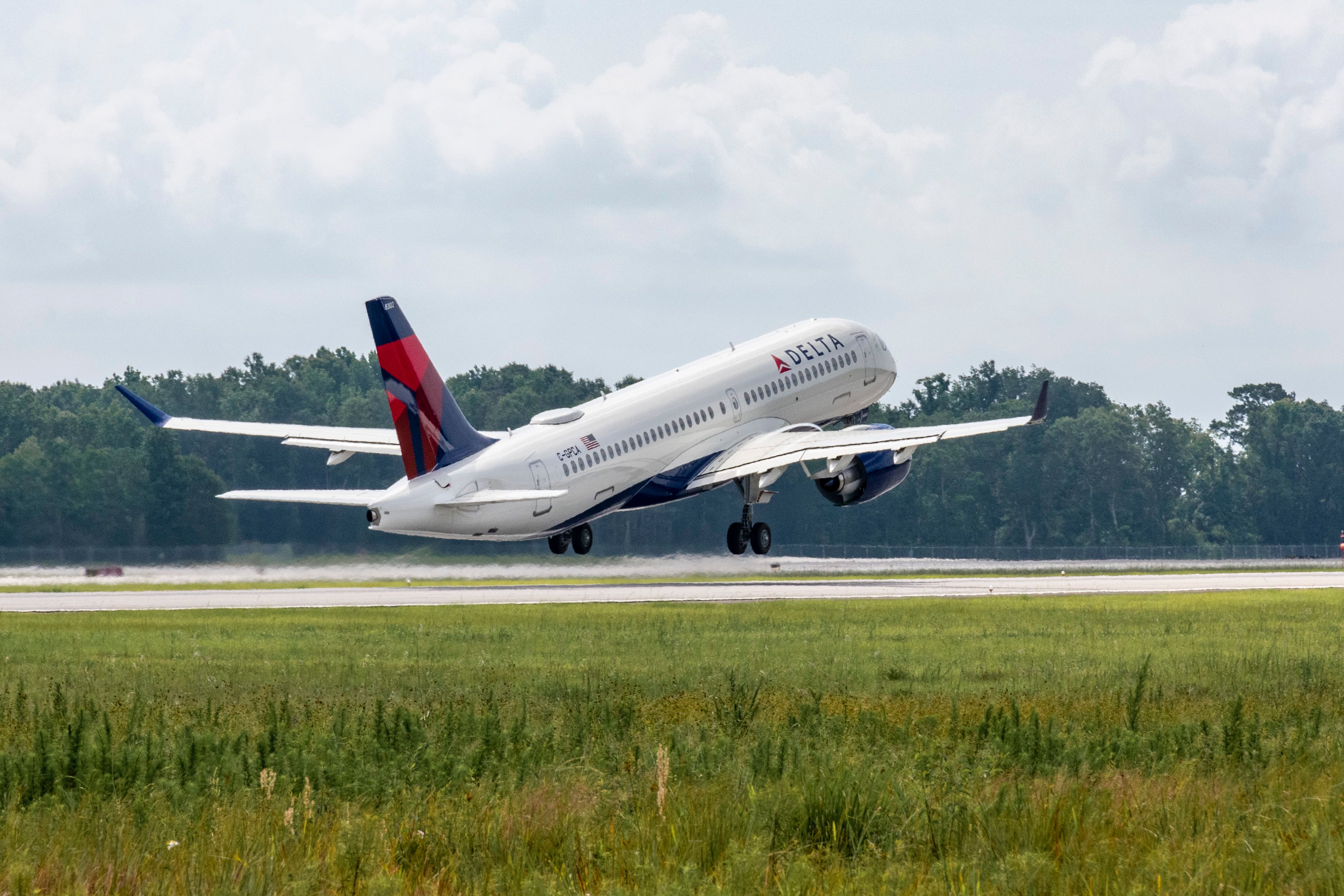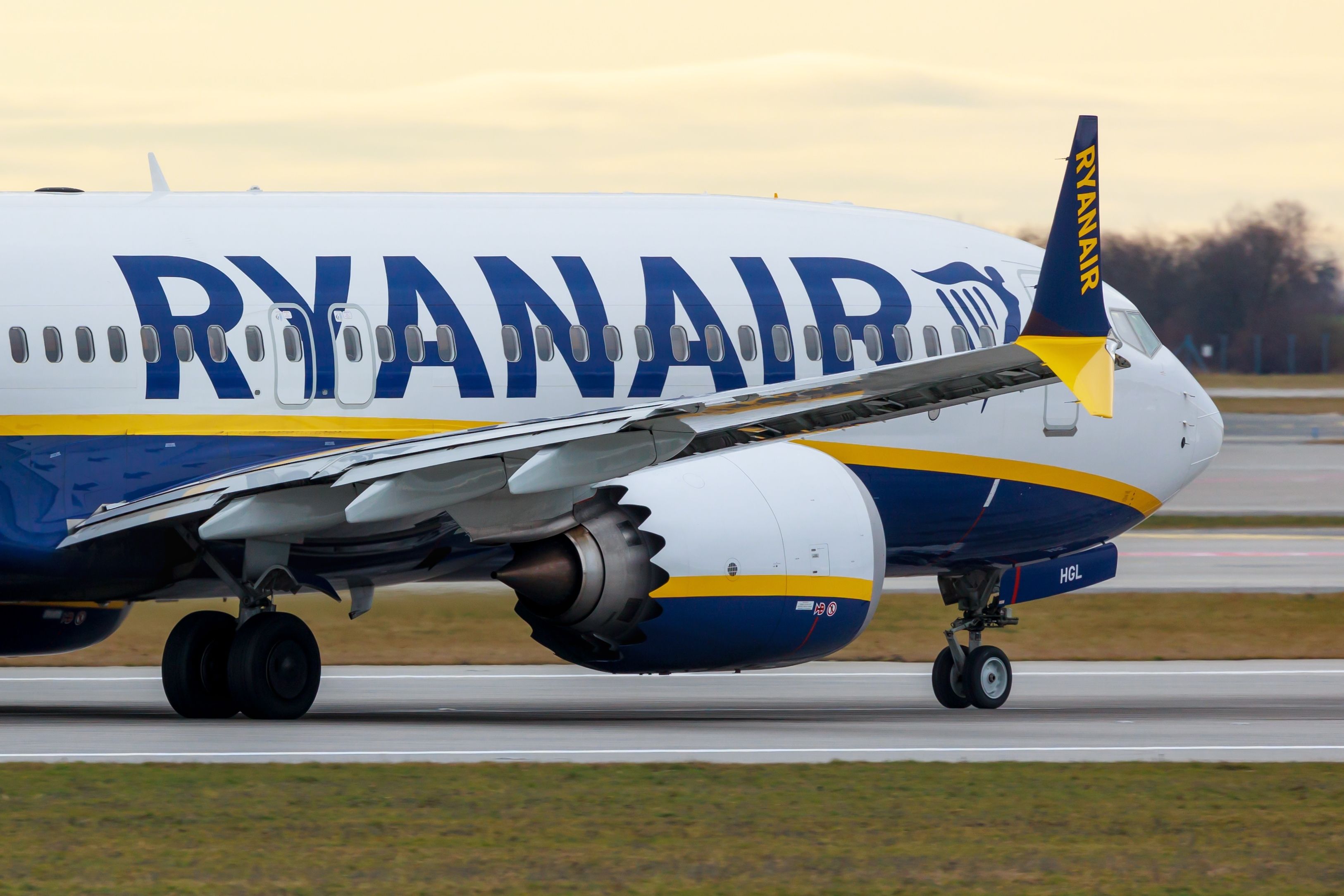Airport regulations and aircraft certification requirements limit certain noise levels during operation. Most of an aircraft's noise comes from the massive engines that provide all the power needed for flight. Modern commercial turbofan engines are large and generate a lot of noise due to the configured thrust levels.
The fan, turbines, and exhaust system are critical engine noise sources. Noise from the exhaust jet varies by a more significant factor than other engine parts. Exhaust jet noise levels depend on engine velocity, increasing with the relative airflow velocity.
How can exhaust noise be reduced?
The turbulent mixing of exhaust gases with the atmosphere creates most of the noise. Exhaust noise is coupled with the shearing action caused by the relative speed between the jet and the atmosphere. If the exhaust velocity exceeds the speed of sound, shock waves further add to the noise levels at the exhaust. According to General Electric (GE),
"The big fan at the front of modern engines tends to create the two sounds humans find most irritating: the deeper-toned, buzz-saw noises and the high-pitched whine. The compressor and turbine, and the process of burning fuel, also contribute to the sound. The exhaust makes the most noise of all, especially at full power, as compressed, high-speed gases shear through the surrounding air."
There are several methods to suppress the high-frequency noise near the exhaust. Modifying the exhaust jet pattern through a noise-efficient nozzle design reduces noise. The suppressor nozzle has deep grooves that enable a higher mixing rate to match the exhaust velocity relative to the atmosphere.
CFM International's CFM56-5C2 features a long-duct, mixed-flow nacelle that produces an acoustic signature well below Federal Aviation Administration's (FAA) noise-level requirements. Deep corrugations or lobes in the nozzle provide a greater contact area between the exhaust jet and the atmosphere.
Corrugations reduce the exhaust velocity relative to the atmosphere to achieve a minimal delta (differential). It's worth noting that jet performance penalties limit the depth or number of grooves that the OEM may install. Hence, designers must consider the trade-off between desired engine performance and acceptable noise levels.
Exhaust jet noise is also suppressed by the serrated design of the engine's nacelle. While not commonly seen, these chevrons, as they are called, are featured on the Boeing 737-MAX, 747-8, and the 787 Dreamliner. They are designed to smooth and shape the exhaust airflow from the engines. They help to mix the hot and cold air from the engine, reducing the turbulence and noise caused by the exhaust.
Get all the latest aviation news right here on Simple Flying.
What about noise from the other engine parts?
In the fan and compressor sections, a significant amount of noise results from the interaction between pressure fields and turbulence of rotating blades and stationary vanes. The strength of interactions between rotating and stationary components causes considerable sheer, particularly at low thrust settings. OEMs use acoustic panels and liners to minimize the noise generated within the compressor sections.
The acoustic lining, consisting of porous honeycomb skin, separates the face sheet and the engine duct. While converting acoustic energy into heat, an absorbent lining provides effective noise suppression. It is worth noting that acoustic liners slightly increase the engine's weight and surface drag. OEMs also refine the shape, spacing, and number of blades used at each of the compressor and turbine stages within the engine, further affecting noise levels.
What are your thoughts on how manufacturers reduce turbofan engine noise? Tell us in the comments section.



